All products featured are independently chosen by us. However, SoundGuys may receive a commission on orders placed through its retail links. See our ethics statement.
Best Beats headphones
May 28, 2024





Take SoundGuys’ quiz to find your best fit
Despite the high price of Beats headphones, the company has released some of the most popular headphones and earbuds ever. Regardless of how many complaints or negative reviews various Beats headsets receive, they continue to fly off the shelves. So why fight it? We’re here to explore some of the best Beats headphones you can buy.
What's new?
- This list was updated on May 28, 2024, to add the Beats Solo 4 to our top picks.
- As of the end of 2021, Beats has discontinued the Powerbeats, Solo Pro, and Beats EP headphones.
The Beats Studio Pro is the best Beats headphones
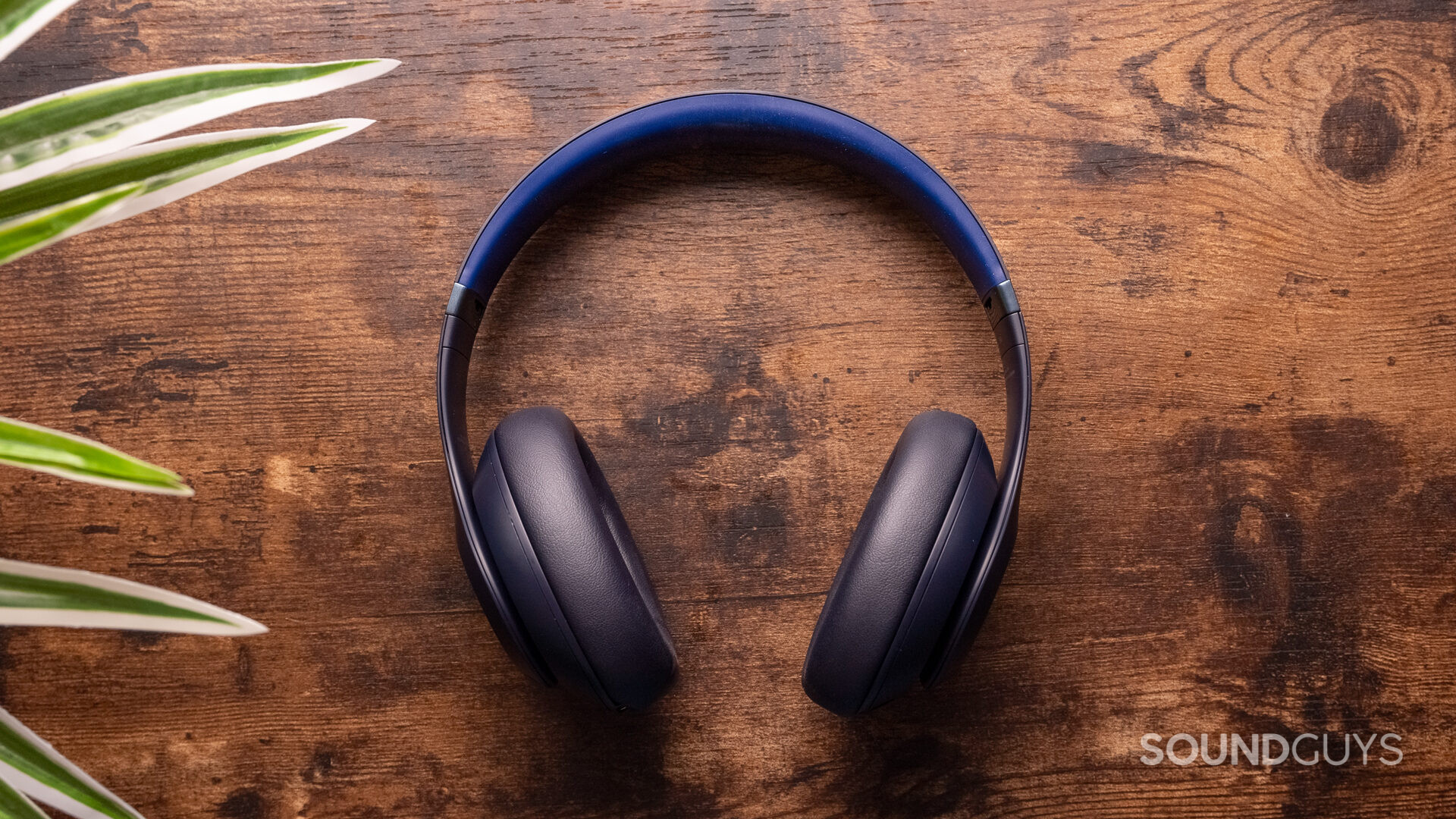
The Beats Studio Pro emerges as a worthy successor to the Beats Studio3 Wireless, blending Apple’s innovation with Beats’ signature style. Lightweight and foldable, these headphones are travel-ready and boast a unique USB DAC feature for wired USB-C listening. Apple aficionados will relish additions like head-tracked Spatial Audio and Transparency Mode. The bug caveats, however, are the smaller ear cups, which only really ensure a snug fit for those with smaller ears.
Loading chart ...
They have a robust battery life of over 31 hours, with a quick 10-minute charge yielding 4 hours of playback. Sound-wise, the headphones lean towards treble, offering vocal clarity. The ANC performance stands out, significantly reducing ambient noise, though again, a proper seal and fit are key for optimal sound and ANC.

![Beats Studio3 Wireless[4] Even with a matte finish the Studio3 Wireless headphones don't pick up too many fingerprints.](https://www.soundguys.com/wp-content/uploads/2018/02/Beats-Studio3-Wireless4.jpg)
The Beats Studio Pro and Beats Studio3 Wireless, while both stemming from the iconic Beats brand, offer distinct experiences. The Studio Pro, released in 2023, boasts modern features like USB-C listening modes with built-in EQ presets for lossless listening, Bluetooth 5.3 connectivity, and active noise canceling (ANC). In contrast, the Solo3 Wireless, which debuted in 2016, provides a more basic experience with Bluetooth 4.0, an outdated micro-USB port, and lacks ANC.
Sound-wise, the Studio Pro offers a more balanced frequency response, veering away from the overly bassy signature of older Beats headphones like the Studio3. In terms of microphone quality, neither stands out, but the Studio Pro has a slight edge. Price-wise, the Studio3 Wireless is more affordable due to its age, while the Studio Pro comes at a premium, reflecting its newer features. In summary, if you’re seeking modern features and better sound quality, the Studio Pro is the way to go. However, for those on a budget, the Studio3 Wireless remains a viable option. For a detailed comparison, check out our full VS article.
The Beats Fit Pro has the latest Apple technology
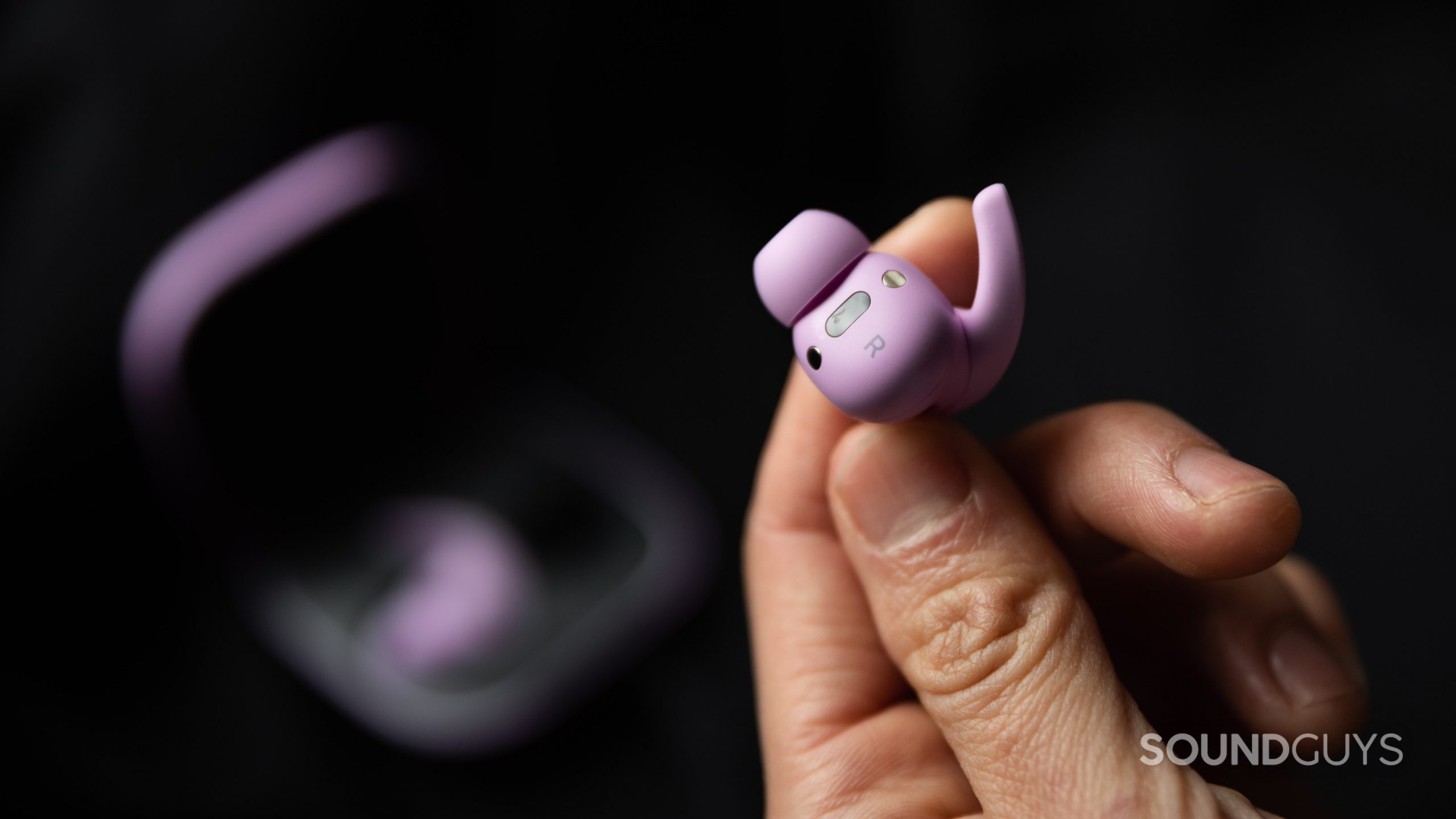
Are you looking to pair your Apple device with Beats style and sound? The Fit Pro, equipped with the H1 chip and spatial audio (basically surround sound) courtesy of Apple, has you in mind. Android users can access some of the features of this set of Beats as well, signaling that Beats may increasingly cater to Apple and Android users.
Loading chart ...
On board, you get ANC, just like the AirPods Pro, with small wing tips to lock in your fit. From photos we’ve seen, it appears that a lot of people don’t know where the “wings” are meant to go, so follow instructions to get the most out of your fit. Alongside with wings, you get a sweatproof IPX4 rating. Like the AirPods Pro, you get three different ear tips and hands-free access to Siri. Unlike Apple, you also get to choose between four different colorways in true Beats fashion.

In quiet settings, the microphone sounds OK. While it does suppress steady background noise to some degree, it introduces a static sound and leads to voices sounding muffled. Irregular background noise is not suppressed at all.
Beats Fit Pro microphone demo (Ideal conditions):
Beats Fit Pro microphone demo (Office conditions):
Beats Fit Pro microphone demo (Windy conditions):
How does the microphone sound to you?
The best on-ear headphones are the Beats Solo 4 Wireless
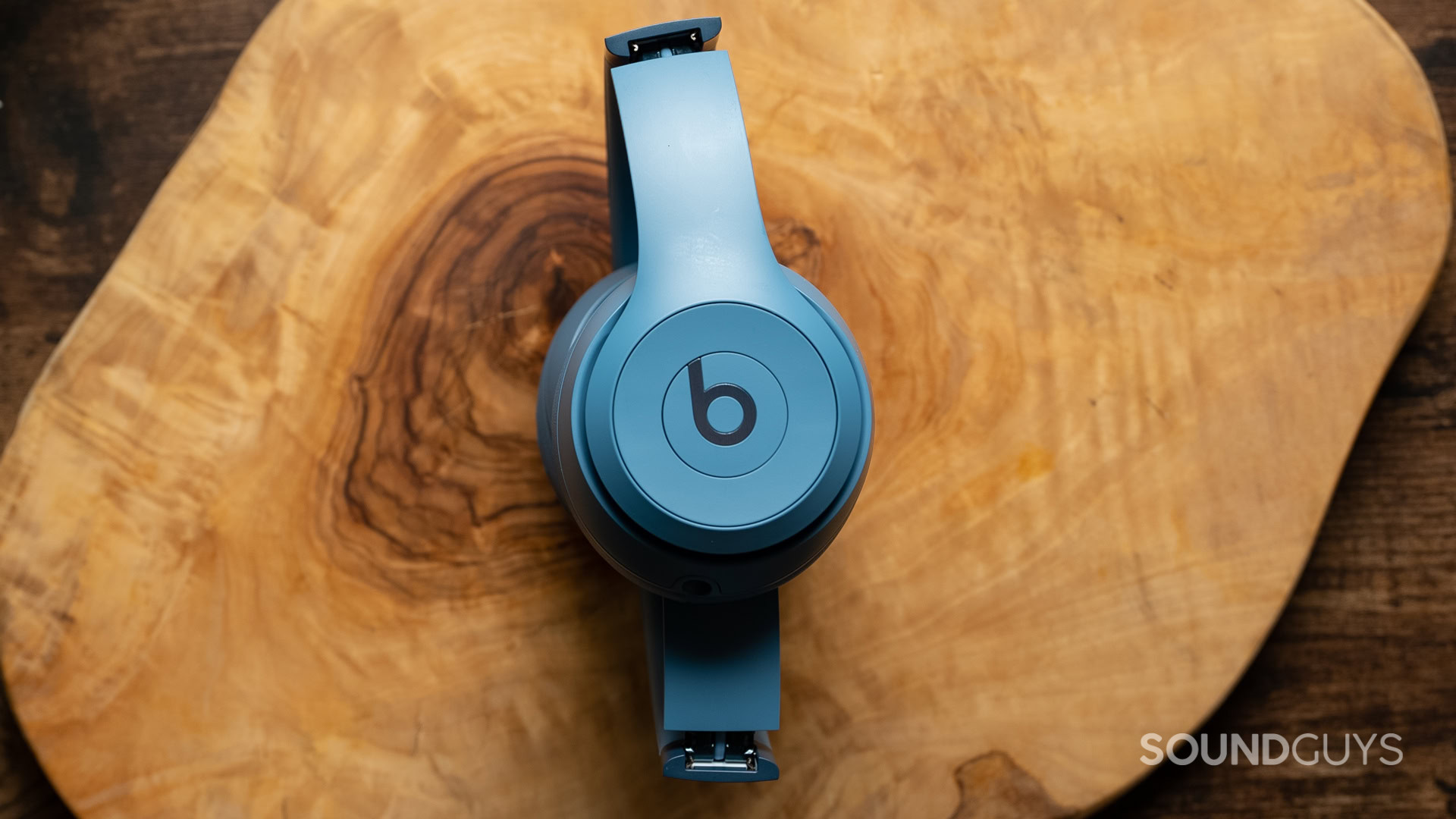
Taking over as our top on-ear pick, the new Beats Solo 4 Wireless introduces an incredibly impressive 84-hour battery life that obliterates the competition. This supreme longevity makes the lightweight, portable Solo 4 an ideal travel companion that can easily get you through several long flights before needing a recharge. The folding design compacts neatly into an included carrying case as well.
Loading chart ...
While the on-ear fit can create some inconsistencies in noise isolation and comfort over extended periods, Beats fans will appreciate the signature brand style and useful features like spatial audio with head tracking. Sound quality is fairly balanced overall, if not quite as bass-heavy as past Beats tunings. At $199, the Solo 4 comes in at a premium price point. Still, the unbeatable battery life and portability help justify it for road warriors and frequent travelers looking for that iconic Beats design in an on-ear form factor.

For Android, get the Beats Studio Buds Plus
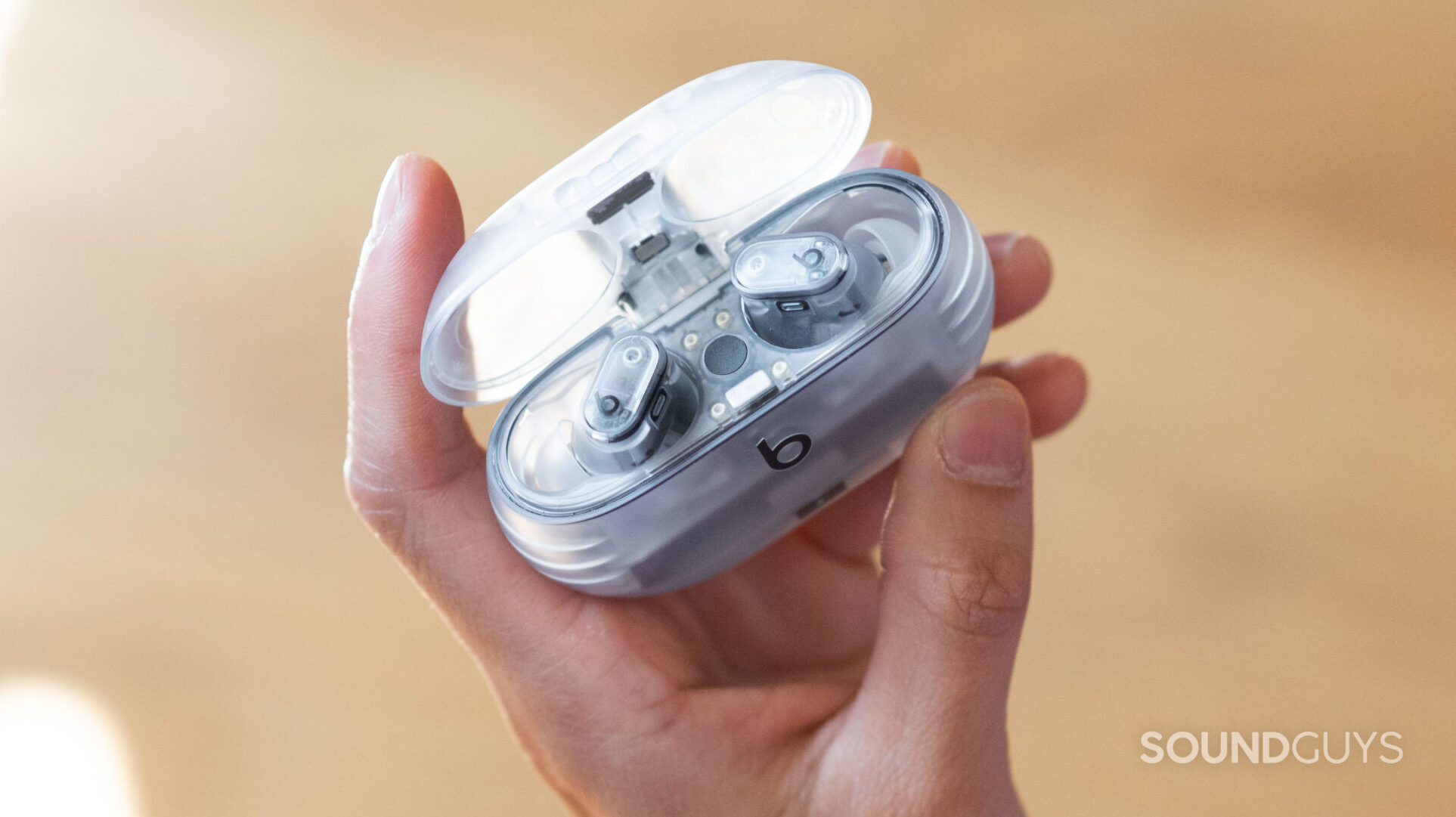
Ditching the Apple H1 and W1 chips, the Beats Studio Buds Plus aims for Android users more than other Beats. Ideally, it uses USB-C to charge rather than lightning. If you have an iPhone, you won’t get niceties like spatial audio or the seamless switching between Apple devices. Android users get the usual AAC and SBC options for connectivity. So it’s a bit like if you’re on Android, you don’t have to pay more for features you can’t use, not that Beats is providing you with anything extra.
Beats Studio Buds Plus has pretty good ANC filtering up to 30dB at 90Hz, for instance. Battery life is much improved over the original Beats Studio Buds, upped to 8 hours and 22 minutes with ANC. You don’t get any EQ options; however, those who don’t love the exaggerated emphasis on bass, which masks other frequencies, can rejoice: Studio Buds Plus has a reasonable amount of bass.

The mics are okay; you can find in the app a setting to change which mic the buds use.
Beats Studio Buds Plus microphone demo (Ideal conditions):
Beats Studio Buds Plus microphone demo (Office conditions):
Beats Studio Buds Plus microphone demo (Street conditions):
How does the microphone sound to you?
Get the Beats Powerbeats Pro for exercise
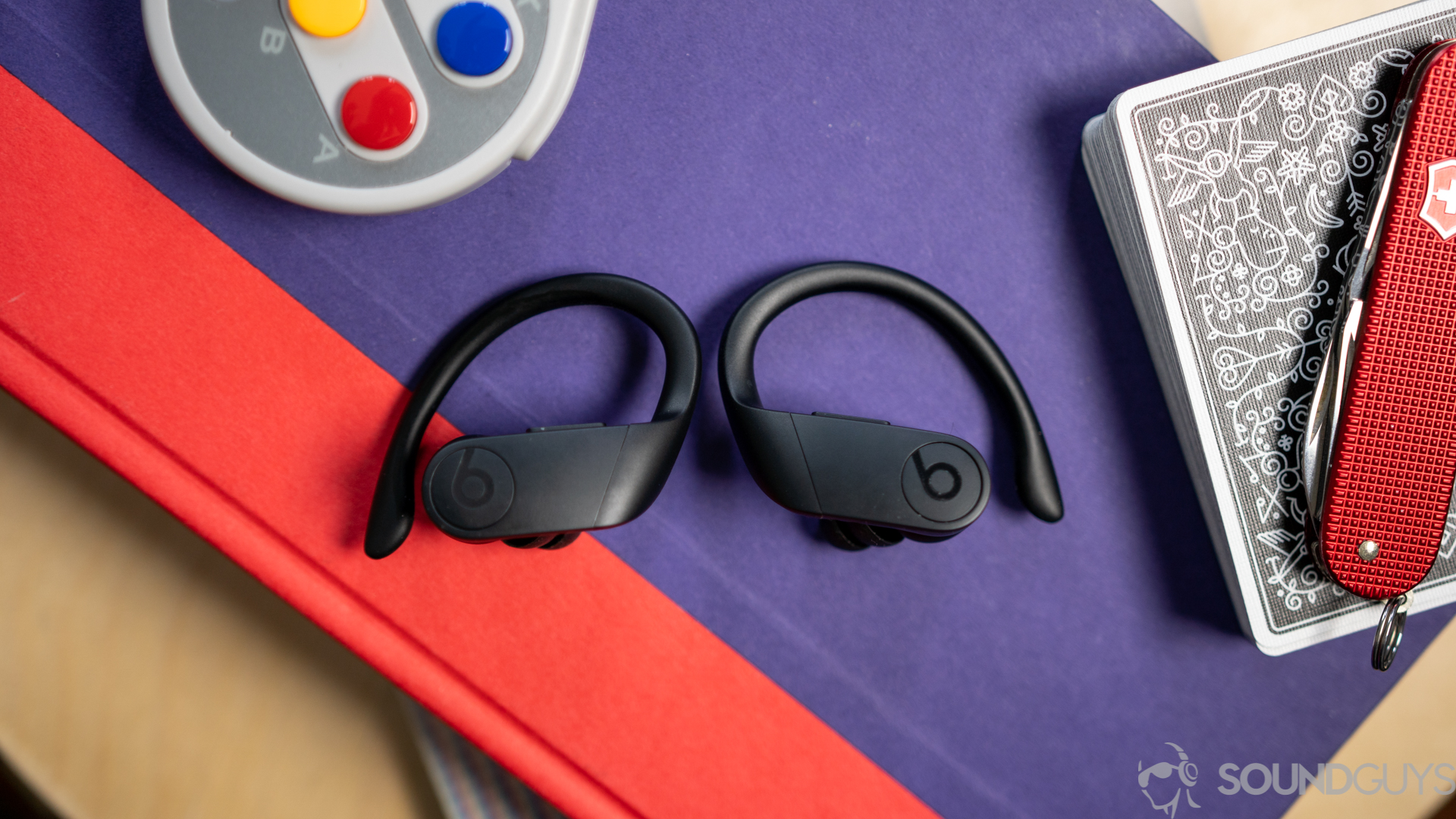
The Beats Powerbeats Pro is everything the AirPods isn’t: it has distinguished nozzles that seal to the ear canal for a better fit and improved sound quality. You benefit from Apple’s H1 chip, which facilitates hands-free access to Siri and improves battery life. With a hair under 11 hours of playback, the battery life of the Beats Powerbeats Pro absolutely dwarfs that of every other true wireless headset. It’s not even close.
Loading chart ...
The ear hook design is comfortable and keeps these Beats headphones stable during workouts. You’re going to want a good pair of earbuds for your athletic endeavors, as music improves most athletes’ performances. You’ll never have to worry about skips, as connection quality is consistent. Again, this reliability is thanks to the H1 chip and Bluetooth 5.0 support. The IPX4 rating certifies the earbuds can withstand any sweat flung at them — just don’t submerge them.

The surprisingly good microphone performs well under windy conditions, though a high-pitched voice in a noisy environment can sound less natural.
Beats Powerbeats Pro microphone demo (Ideal conditions):
Beats Powerbeats Pro microphone demo (Windy conditions):
Beats Powerbeats Pro microphone demo (Office conditions):
How do these sound to you?
What you should know about the best Beats headphones
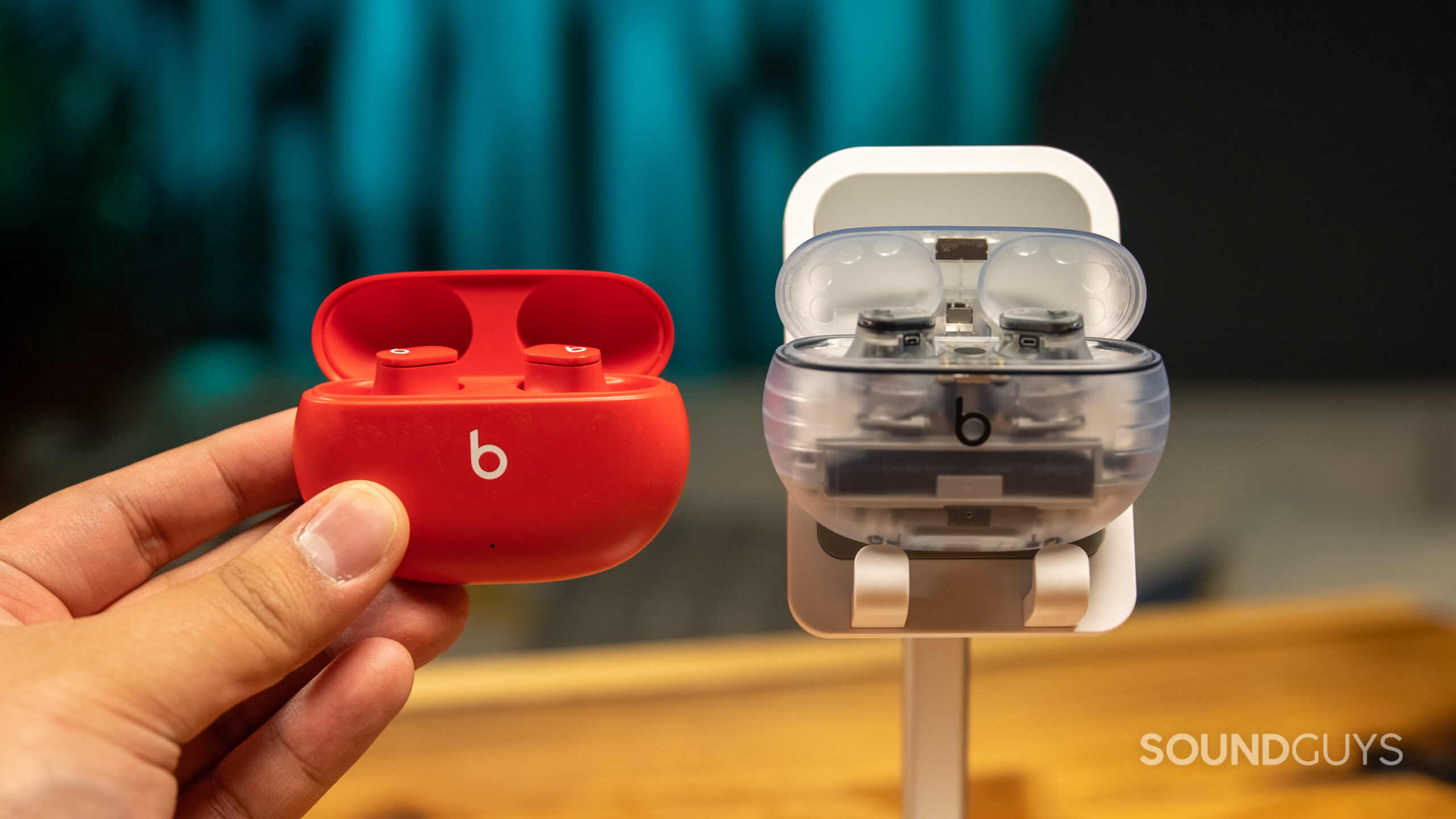
Some Beats headphones come wired, but an increasing number of their products have been ditching the wire and going wireless. This means that you should be at least somewhat familiar with how they’re doing it and what that does to your sound quality. Bluetooth audio has come a long way from its early days, but it still isn’t perfect. Ditching the headphone jack means that more and more people need to rely on Bluetooth to listen to their music, and the way this works is via something called a codec.
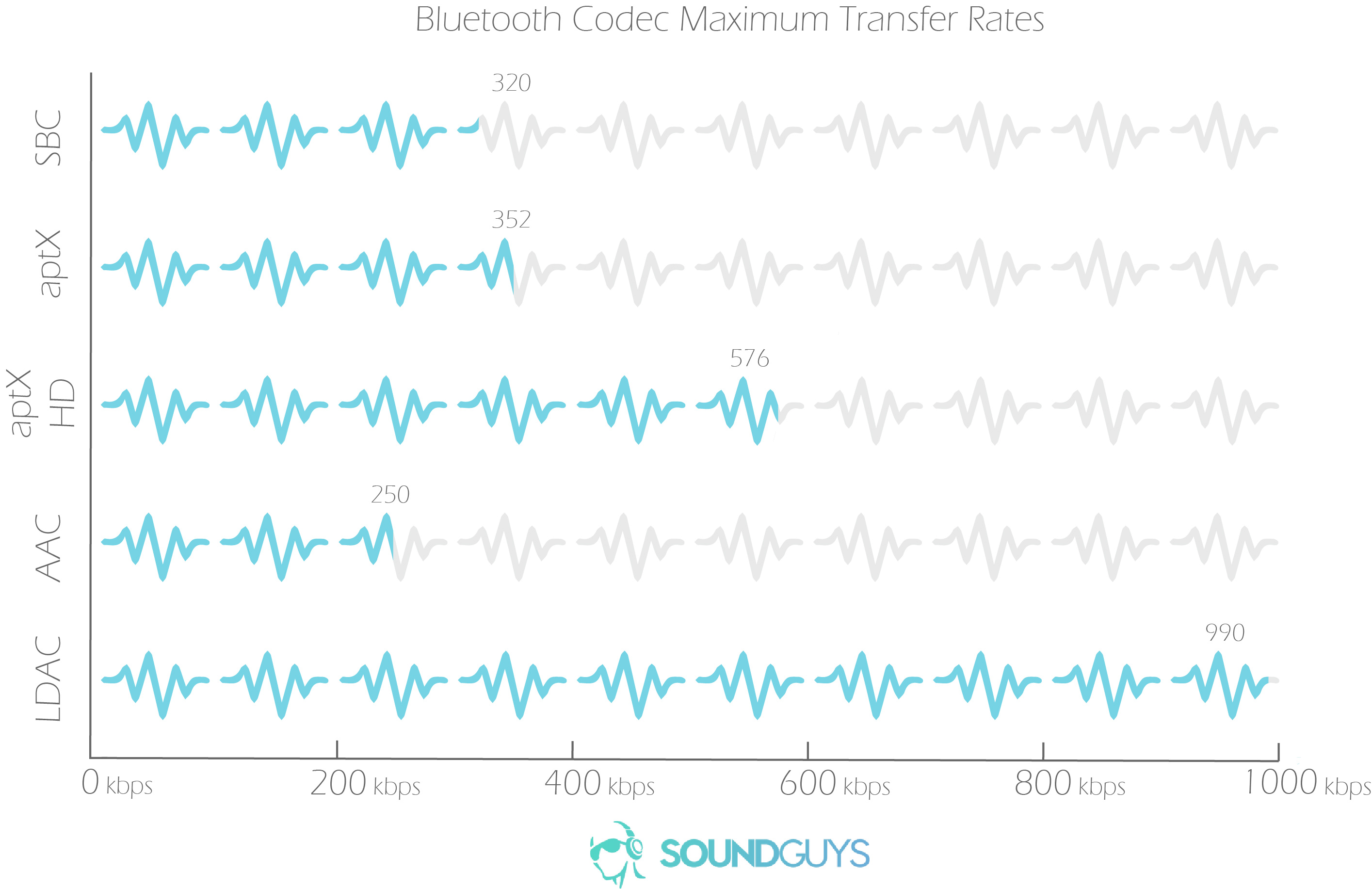
A codec is how two devices communicate with each other. Think of it like a language that needs to be spoken by one device and understood by another. All devices speak SBC, which is the most basic codec, and from there, things get messy. Mainly due to the fact that different companies prefer different codecs. Sony has LDAC, Qualcomm has aptX (and soon aptX Adaptive, which has the potential to be the best one so far), and companies like Apple use AAC. Since Apple owns Beats, you can see why Beats headphones only use AAC. So, is it bad?
Well, AAC has a similar bitrate to MP3, which isn’t bad but not ideal. But it does have a higher bit-depth, so you get slightly more information transferred at once, even if the transfer speed is slower. That said, the codec is still years behind LDAC and aptX HD. When it comes to Beats products, all you really need to know is that they only use AAC and SBC.
What’s the deal with the W1, H1, and H2 chip?
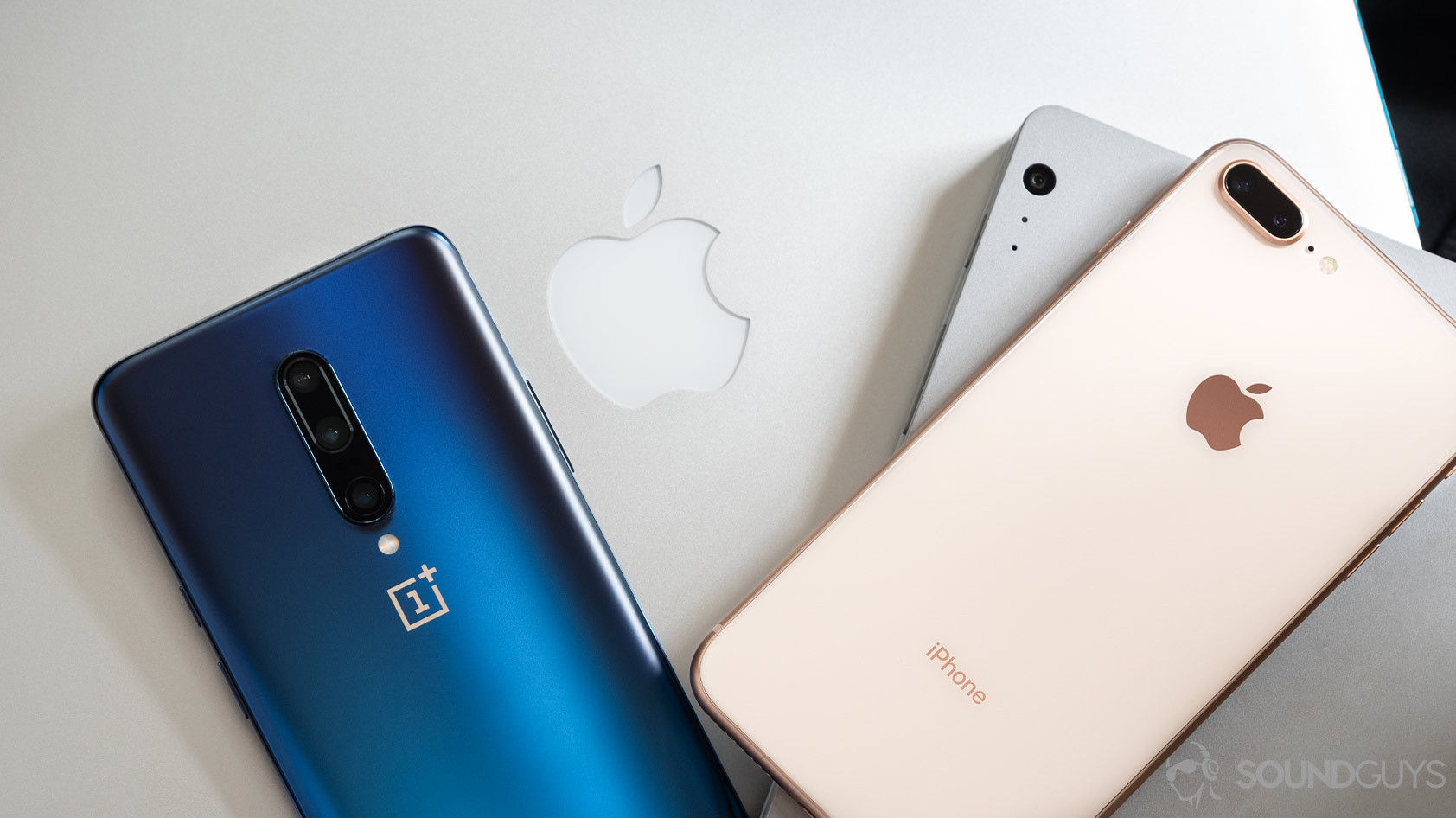
When Apple removed the headphone jack from its phones, the company announced a few Beats headphones along with it. At the time, it claimed the W1 chip was going to make Bluetooth audio easier and better for customers. Now, it’s been superseded by the H1 and the H2 chips, though the latter is only available in AirPods Pro (2nd generation). While the W1 and H2 chips function nearly the same, the main difference is how the H1 and H2 allow for hands-free Siri access.
Generally speaking, if you have an iOS device, then it will automatically detect that there is a pair of headphones nearby with an H1 (or H2) chip inside. A nice animation then pops up on your phone, showing the headphones in question. You can connect to them with just one tap. This lets you completely bypass going through your Bluetooth settings. Sure, it’s not that big a deal, but still cool nonetheless.
The H2 chip reduces power consumption because it knows exactly how much energy the product needs. It also helps to maintain a stronger connection between the devices. So, although it isn’t a game-changer, it definitely adds some functionality that gives headphones with the older W1 and current H1 (or H2) chip an edge over headphones that don’t. You also benefit from audio sharing, which allows you to pair two sets of wireless Beats headphones to the same iPhone.
Do Beats headphones work on Android?
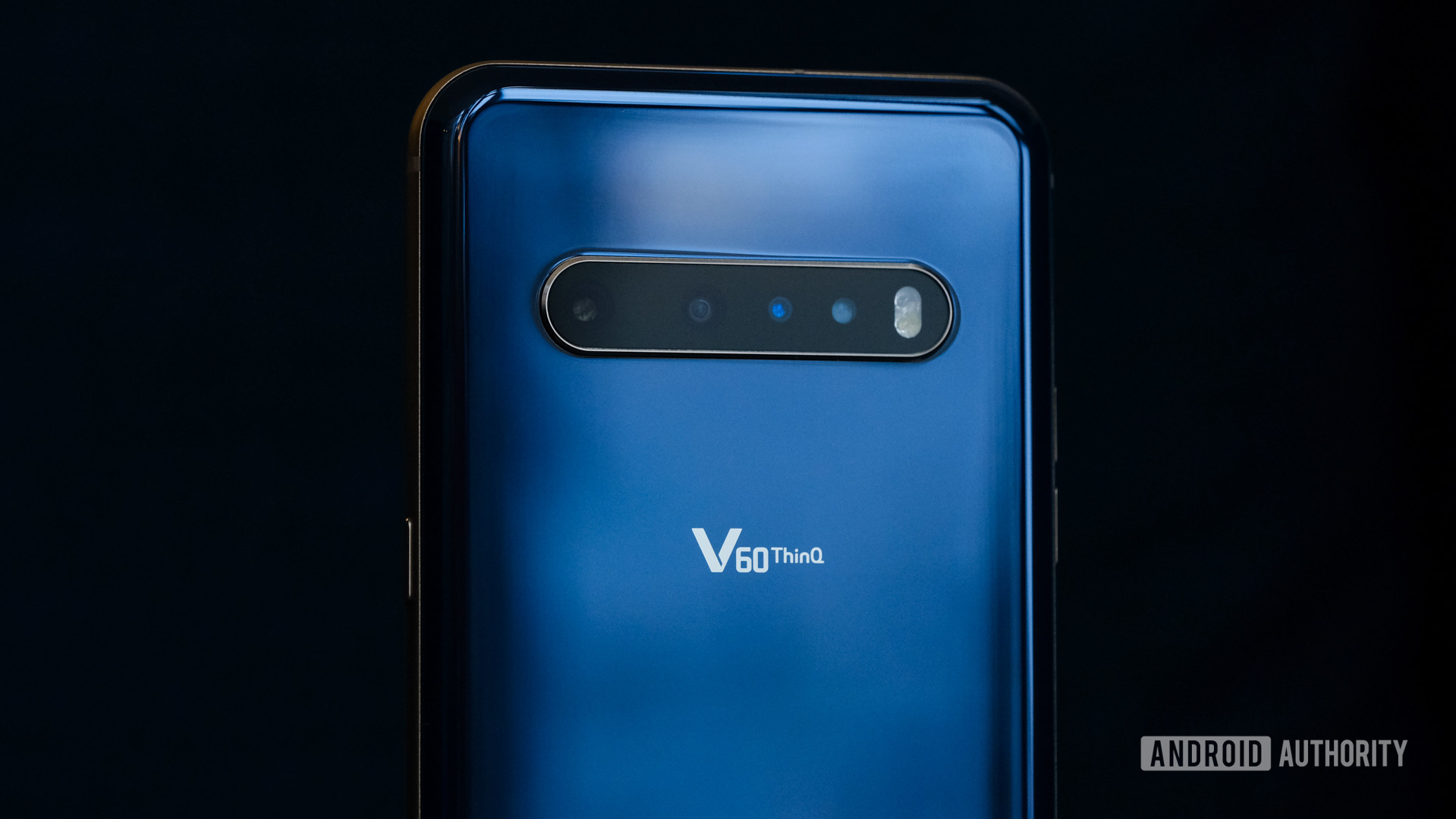
Although Beats is owned by Apple, it hasn’t left Android users out in the cold. Beats products act like any other Bluetooth headphones connected to an Android device. The Beats app for Android is also available on the Google Play store, which allows you to update your product’s software.
Living outside of Apple’s ecosystem does come with some drawbacks. For starters, you won’t benefit from the seamless pairing process provided by the H1 or W1 chip. Also, Beats headphones lack support for high-quality codecs like aptX. This means that as an Android user, you’re stuck listening to music using the standard SBC audio codec, or AAC.
Why is the frequency response of Beats products so different?
Frequency response refers to the capabilities of the components in your Beats headphones to reproduce the signal that is being fed into it as perfectly as possible. If that’s achieved, you get something called a neutral frequency response, where the output signal perfectly matches the input signal.
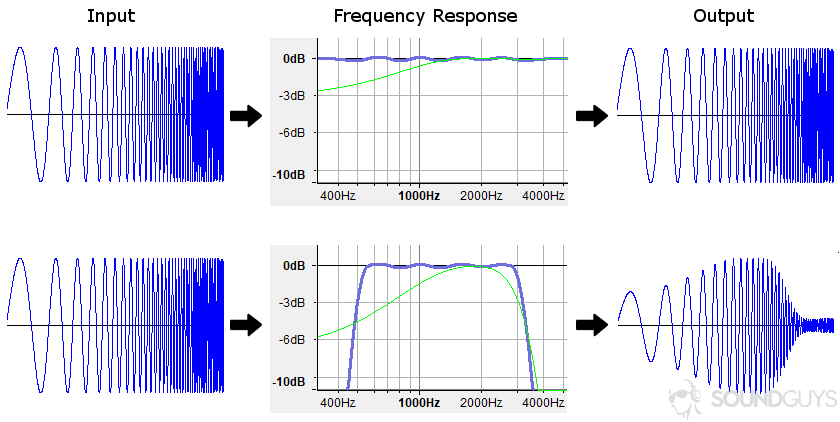
One way to picture this is to think of the game telephone we all used to play as children. If you’ve never played, it goes like this: a bunch of people gets in a line, and one person whispers a message into the first person’s ear. That person then whispers the same message to the next person in line, and so on, until you get to the end of the line. If everything goes well, the same message should make it to the last person in line.
Now, to put that into headphone terms, your source device outputs a signal to your headphones. If all of the components in your headphones are working fine, then that same signal should make its way out of the drivers at the end so you can hear it.
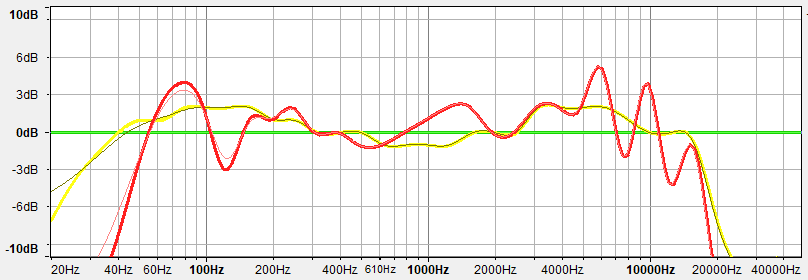
But if you’ve ever played telephone, you know that the ideal situation rarely (if ever) happens. Somewhere along the line, there’s always a part where the message gets changed. Headphone manufacturers change the signal on purpose by tweaking the components of your headphones to make the final message (the music) that reaches your ears sound better.
Unfortunately, our ears aren’t perfect, so different companies try to adjust to our lack of bat-like hearing in different ways. They might emphasize the lower notes, take away some of the quiet highs so it doesn’t hurt your ears, or even just raise the mids a little so you can better hear vocals. Although you’ll hear plenty of people say this is a bad thing and they want their music to sound as natural or as close to the original message as possible, the fact is that not everyone enjoys that. Beats headphones are proof of that.
Beats headphones having an exaggerated low end isn’t a mistake in manufacturing. The frequency responses are made like that because, for better or for worse, people like it.
Isolation, active noise canceling, and you
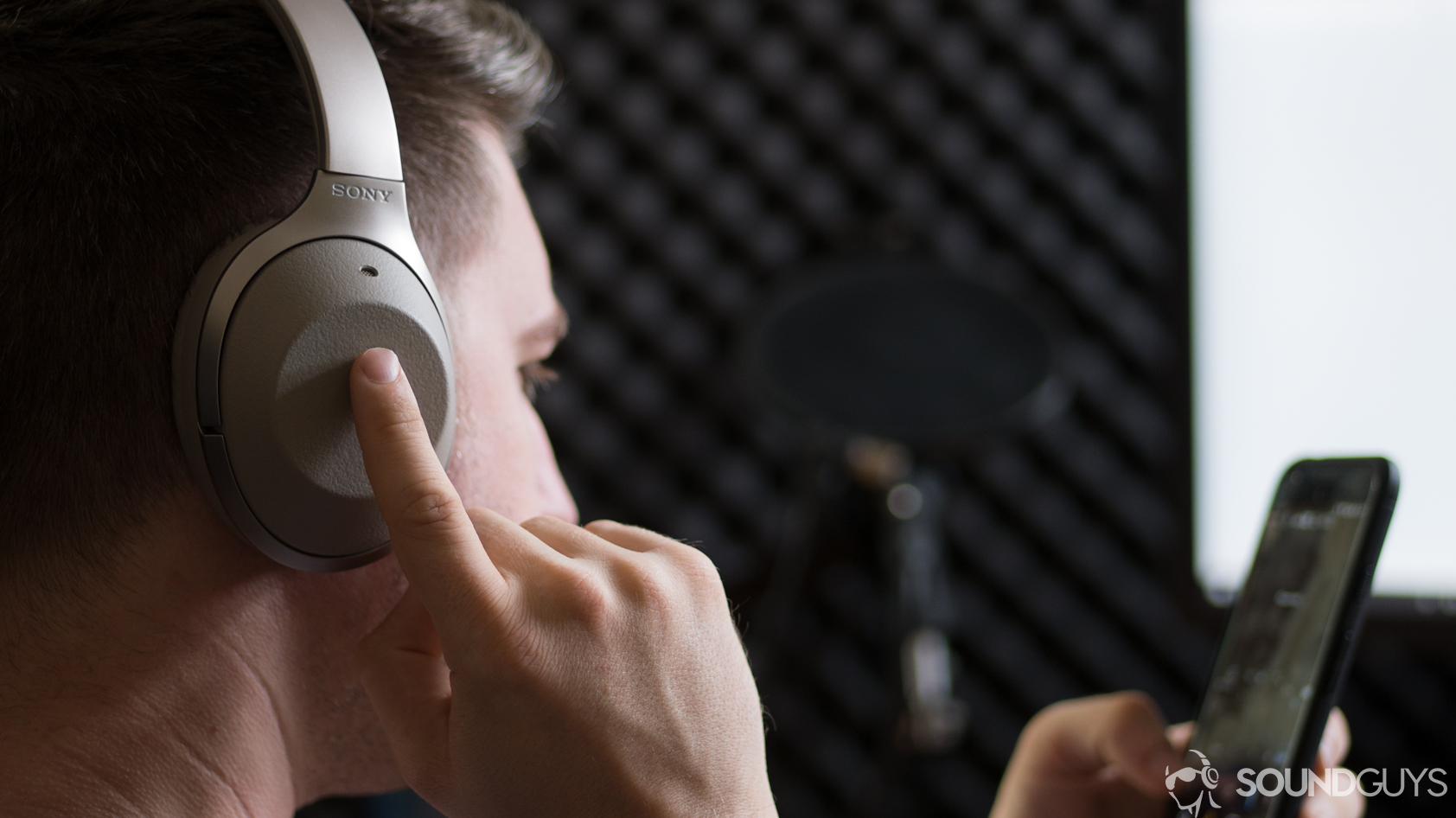
When it comes to how your music sounds, one important piece of the puzzle that often gets neglected is how well you’re isolated from outside noise. If you’re going to be in a sound-treated studio with perfect foam padding on every hard surface, then this probably isn’t too big of a deal for you. For the rest of us, outside noise is the death of good sound. This is especially true when it comes to commuters. The problem isn’t really with your headphones; it’s with human biology (you might be seeing a common theme here).
When you hear two notes that are close to each other in frequency, the brain will cancel out the lower one. This effect is called auditory masking and helped humans in terms of evolution because we were able to ignore unimportant sounds in favor of the growling of a predator. Still, it isn’t so great when it comes to listening to music. So, if you listen to music on a train, bus, or plane fairly often, you’ll notice how the bass doesn’t sound as good as it does when you’re in the quiet of your own home. This is because those sounds are louder than the sweet, subtle basslines of your favorite songs.
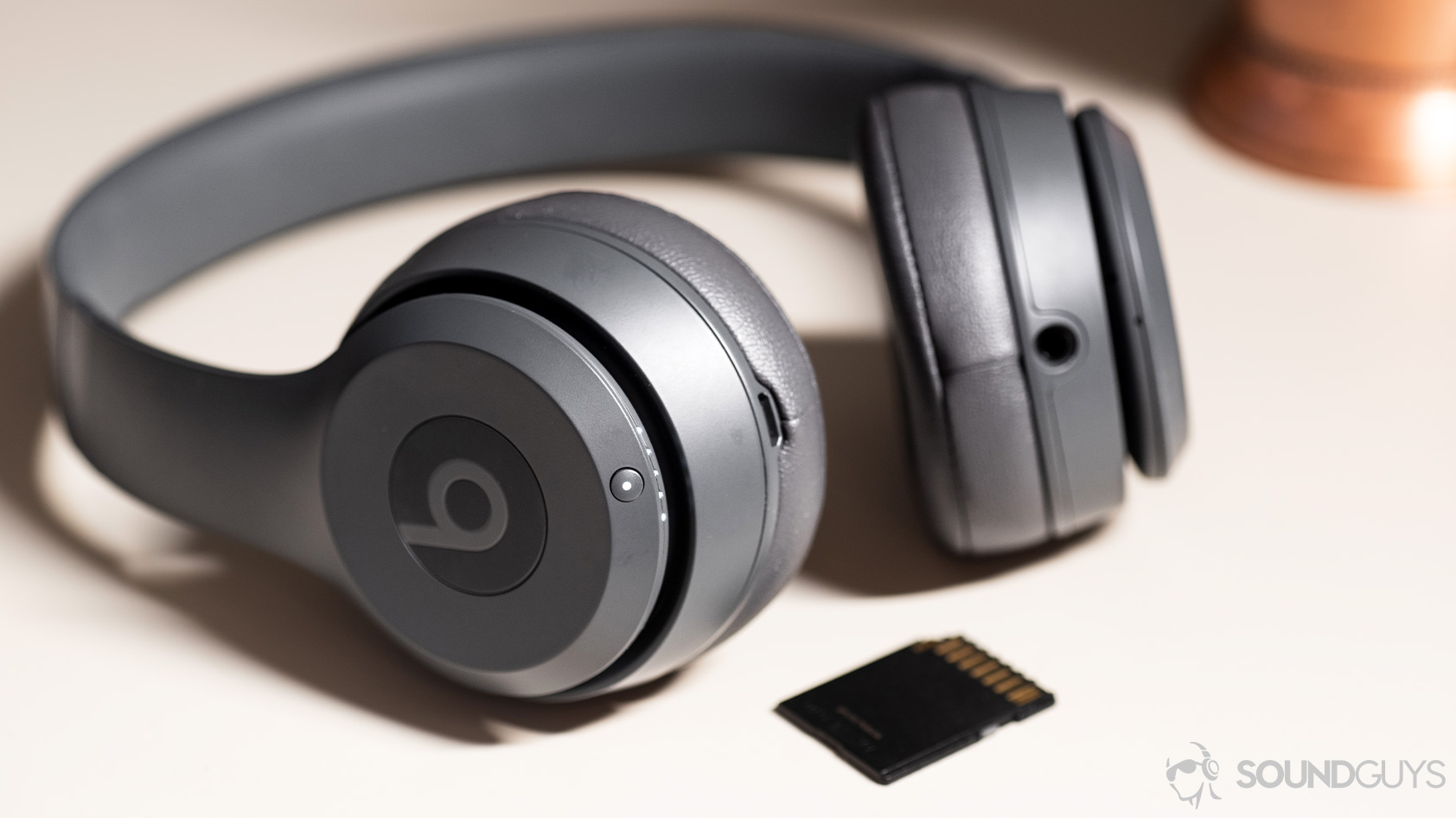
So, how do you combat this effect? With headphones that physically block outside noise (and a little bit of active noise cancelation doesn’t hurt either). Over-ear headphones like the Studio3 Wireless will completely over your ears, blocking a lot of outside noise simply by being there. Then there’s active noise canceling. In this case, the headphones use tiny microphones to hear what’s going on around you and then create the opposite sound wave in order to cancel out the sound. You might remember it from Physics 101. It’s called destructive interference, and it does a pretty good job of removing some of the low, constant hums you encounter throughout the day.
Frequently asked questions about Beats headphones
Yes, Beats headphones, despite mixed reviews, remain popular and are considered worth it by many consumers, especially those who appreciate their signature bass-heavy sound and stylish design.
For everyday use, the Beats Studio Pro and Beats Powerbeats Pro are solid choices. The Studio Pro offers versatile features and comfort for over-ears, while the Powerbeats Pro is ideal for active lifestyles with its secure fit and long battery life.
Yes, Beats is owned by Apple. This acquisition allowed Apple to integrate Beats products with its ecosystem, leading to features like the H1 and H2 chips, which enhance the user experience, especially for Apple device users.
In short, the Beats Studio3 Wireless are inferior to the AirPods Max in almost every regard. Apple’s latest over-ear headphones feature a sturdier build, better active noise canceling performance, and a relatively neutral-leaning sound signature. However, all these advantages come at a premium, with the AirPods Max selling for $499 at Amazon. On the other hand, the Beats Studio3 Wireless is available for just under $300 USD.
The AirPods Pro and Beats Powerbeats Pro both sport the same IPX4 water-resistance rating, meaning that they shouldn’t break a sweat during even the most intense workouts. That being said, we’d still recommend the Beats Powerbeats Pro for gym rats, thanks to its ear-hook design that prevents the earbuds from falling out during exercise. Overall, the Powerbeats Pro is one of the best Apple AirPods Pro alternatives.
A lot of people are interested in the Beats Studio3 Wireless for its active noise canceling. If you’re looking to step outside the realm of Beats, consider the Sony WH-1000XM5 — one of the best ANC headphones available today. Other alternatives include the Bose Noise Canceling Headphones 700 or the Bose QuietComfort 45.
Despite the name of the product, these headphones are far from studio-grade. When mixing with headphones, you’ll want a pair that has a flat frequency response that can accurately reproduce the sound of your mix. The Beats Studio3 Wireless are targeted at consumers and, therefore, have a frequency response that is tuned to over-emphasize the low-end. If you’re looking for a good pair of cans for proper audio mixing, check out our list of the best studio headphones.
Once upon a time, Beats were the quintessential “status item” headphones that were outperformed by nearly every set of cans out there. However, as Beats grew and matured as a company, they quietly upgraded their manufacturing and design to improve their product. Over time, they started releasing competent — if still expensive — headphones and earphones that are far better. Today, they make competitive products, and now that they’re owned by Apple, meaning they have a lot to offer for iPhone users. That said, if you’re not an iPhone user, you might want to look into Beats alternatives.